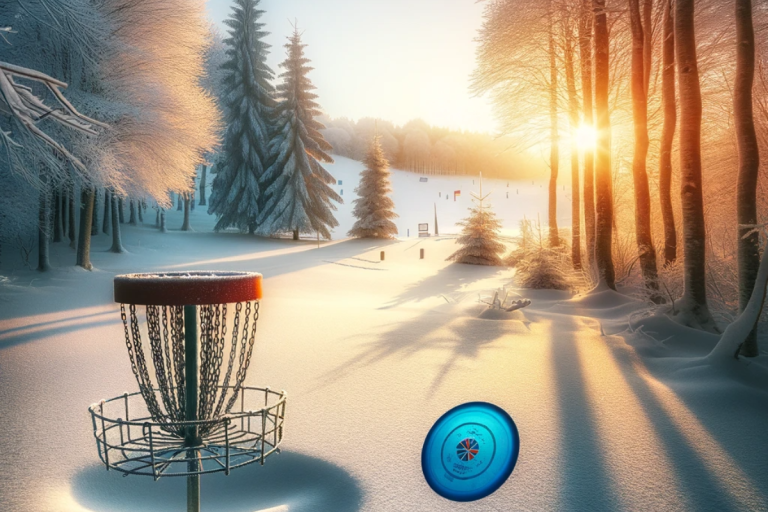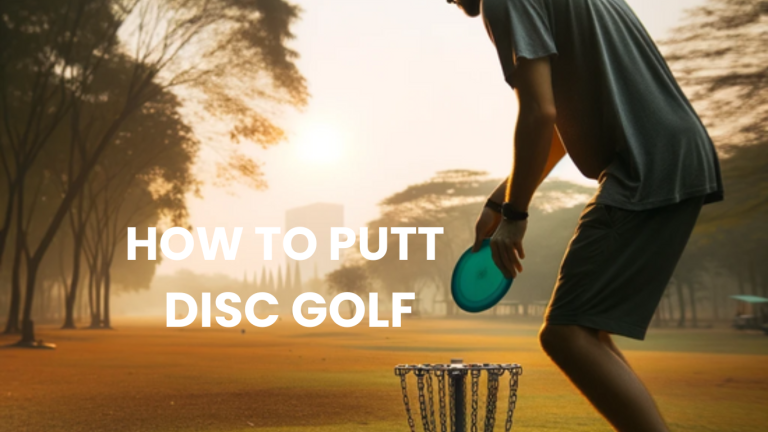When do I need more disc golf discs? When Is It Time to Add More Discs to Your Disc Golf Bag?
As your disc golf skills improve, you may wonder when it’s time to expand your disc selection. Learn the signs that indicate you’re ready for more discs. Disc golf has become my passion. As my skills have improved over the years, I’ve found myself wondering: when do I need more discs in my bag? With so many disc models and varieties to choose from, deciding when to expand your selection can be tricky. In this post, I’ll share the signs that indicate it may be time to add more discs to your arsenal, based on my experience progressing in disc golf. I’ll also offer tips for choosing new discs wisely and integrating them into your game smoothly. Whether you’re new to disc golf or a seasoned veteran, you’ll learn the optimal times to grow your disc collection and how to select discs that complement your current setup.
When do I need more disc golf discs?
As my disc golf game has developed over the past few years, there have been distinct times when I’ve realized my disc selection was holding me back. With a beginner’s set, I was limited in the types of shapes and lines I could throw. But knowing when you’re ready to graduate to more discs can be a challenge. In this article, I’ll walk through the signs that signal it may be time to expand your disc golf arsenal. I’ll share the key indicators I’ve learned first-hand on my journey, like needing more predictability, specialty utility discs, and replacing discs you lose frequently. My aim is to provide guidelines to help you determine when it’s time to take your disc golf bag to the next level and optimize your expanding skills.
Introduction
Disc golf has exploded in popularity over the last decade, emerging from a niche sport to a mainstream activity embraced by millions of outdoor enthusiasts. As a long-time disc golfer myself, I’ve enjoyed watching the sport grow and evolve. A key part of that evolution for many players is determining when your disc selection is sufficient, and when it’s time to expand your disc golf bag arsenal.
In my early days of playing, I relied on just a starter set of 3-4 discs. But as my skills improved, I found myself limited by my small selection of discs. The signs were clear it was time to upgrade. In this article, I’ll share how you can identify when you’re ready for more discs based on my own experience. I’ll also offer tips on choosing discs wisely to complement your current setup.
You May Also Like: What is the difference between Overstable and Understable discs?
When Your Current Discs Limit Your Technique
In the first few years playing disc golf, I had moments of frustration from my discs holding me back. As I worked to refine my form and build consistency, I’d try to shape certain lines or shots, only to find my limited selection of discs just wouldn’t allow it. For example, I’d attempt a flex shot, but without an understable distance driver, it just wasn’t possible.
Pay attention to when your current discs restrict you from throwing your desired lines and shot shapes. This is the clearest sign it’s time to expand your selection. Having the right disc for your power level and for the shape of the shot you envision is key for improving technique. Don’t settle for forcing shots.
When You Start Throwing Different Lines and Shapes
Another indicator I was ready for more discs was when I found myself looking to intentionally throw different lines like hyzer flips, turnover shots, and long, straight tunnel shots. My beginner discs simply couldn’t achieve these shapes.
As your skills develop, you’ll start craving more shot varieties to tackle different course lines and challenges. Notice when you find yourself reaching for shots that your current discs can’t reliably produce. Adding more molds and stabilities will give you the versatility to continue advancing as a player.
When You Want Discs for Specific Shots
As my game evolved, there were times when I wanted to add a very specific type of shot that my current discs didn’t allow for. Many disc golfers end up carrying “utility discs” that serve a particular purpose, whether that’s super overstable approach discs for powering through wind, low-speed midranges for finesse shots, specialty discs for rollers, etc.
For me, once I felt competent with my core set of discs for most standard shots, I looked at what was missing from my game. For example, I struggled throwing quality overhand shots, so I added an overstable midrange designed for that movement. I also added a low-glide putter strictly for approaches and a high-speed driver for wide open distance lines. Think about what singular shots you want to add and find discs purpose-built for those.
When You Lose or Damage Discs Regularly
Though we try to avoid it, losing discs is simply an inevitable part of disc golf. Between water hazards, dense brush, and forgetful moments, it happens to all of us. I learned quickly to carry multiples of discs I relied on most. And when a favorite driver took an unlucky skip into a pond, I was glad I had a backup ready to go so my game wasn’t impacted.
Pay attention to discs you throw regularly and look to have backups on standby. This provides peace of mind and ensures you can keep playing confidently even when a disc gets lost or damaged beyond use. Select durable plastics and weights to minimize excessive wear, but be ready with replacements.
You May Also Like : The Best 7 Beginners Disc Golf Discs For 2024
Start Slowly and Let Your Needs Dictate
When adding discs, it’s tempting to buy up a bunch of new molds all at once. But it’s better to integrate just one or two new discs at a time. This allows you to learn each disc and determine if it fills the need you intended before stocking up on too many. Be patient, and let your skills and needs dictate when you’re ready for more.
Conclusion
As you progress in disc golf, be attentive to when your current disc selection limits your expanding abilities. Adding more discs provides versatility but start slowly. Let your skills and techniques guide you rather than simply acquiring discs for the sake of growth. With patience and purposeful selection, a thoughtfully curated disc golf bag will offer excitement for years to come.
FAQs
Q1: How many discs should a beginner start with?
Answer:
3-5 discs is a good number for beginners to learn proper mechanics before expanding their selection.
Q2: Should you buy multiple copies of the same disc?
Answer:
Having 2-3 backups of favorite discs you throw regularly is wise in case of loss or damage.
Q3: What are the most important discs to learn first?
Answer:
Putters, mid-ranges, and neutral fairway drivers are essentials to learn form before moving to faster, less stable discs.







